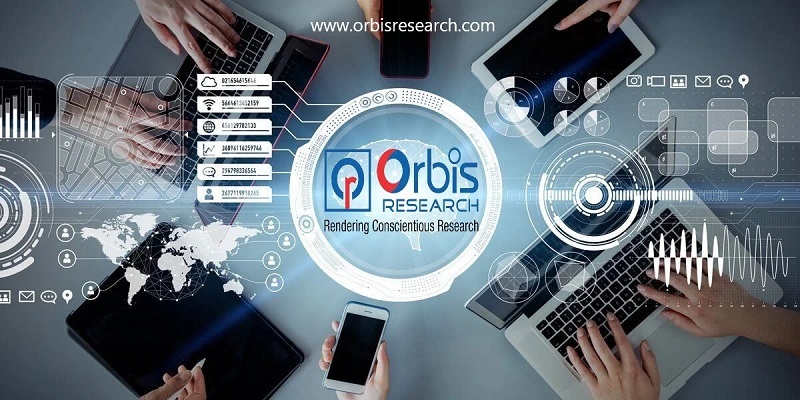
Press Release, Orbis Research An evaluation of a project’s, policy’s, or activity’s possible consequences on the environment in the Collaborative Application Software Market is known as an environmental impact study. This analysis promotes sustainable behaviours and assists stakeholders in understanding and mitigating any negative environmental effects. Businesses may reduce environmental harm and improve the ecosystem by making informed decisions based on a variety of factors, including resource use, emissions, and ecological footprint.
Request a sample report @ https://www.orbisresearch.com/contacts/request-sample/6667209
Scope of Analysis
Many important elements are taken into account in the environmental impact analysis of the Collaborative Application Software Market:
1. Resource Utilisation: Evaluating how natural resources, like raw materials, energy, and water, are used during the course of a good or service. Gaining insight into resource consumption facilitates the identification of areas that could benefit from conservation and efficiency upgrades.
2. Emissions and Pollution: Examining the emissions into the environment, including greenhouse gases and other contaminants. This entails evaluating the potential effects of operations or industrial processes on soil contamination, water pollution, and air quality.
3. Waste Generation: Assessing the production of hazardous materials, wastewater, and solid waste. Reducing waste, recycling, and disposing of waste responsibly can reduce its negative effects on the environment and increase resource efficiency.
Collaborative Application Software market Segmentation by Type:
Cloud-Based
Web-Based
Collaborative Application Software market Segmentation by Application:
Large Enterprise
SMEs
Direct Purchase the report @ https://www.orbisresearch.com/contact/purchase-single-user/6667209
Methodology
Various approaches and tools can be employed to do an environmental impact study in the Collaborative Application Software Market:
A methodical technique to assess the environmental effects of a product’s life cycle, starting with the extraction of raw materials and continuing through manufacture, usage, and disposal, is called Life Cycle Assessment (LCA).
2. Environmental Risk Assessment: This involves locating and assessing possible environmental dangers and risks connected to certain operations or procedures. Evaluating the possibility and seriousness of effects on ecosystems and human health is part of this.
Key Players in the Collaborative Application Software market:
Microsoft
Slack
Atlassian
Smartsheet
Asana
Tiger Connect
Huddle
Wrike
Symphony
Cybozu
3. Carbon Footprint Analysis: Calculating the amount of greenhouse gas emissionssuch as carbon dioxide (CO2)connected to a certain good, service, or entity. Opportunities for mitigating climate change and reducing carbon emissions are identified by this analysis.
Mitigation Strategies
Businesses in the Collaborative Application Software Market have a variety of mitigation measures at their disposal based on the results of the environmental impact analysis:
1. Adopting Sustainable Practices: Using environmentally friendly materials, technologies, and procedures to lessen their negative effects on the environment and increase resource efficiency.
Do You Have Any Query Or Specific Requirement? Ask to Our Industry Expert @ https://www.orbisresearch.com/contacts/enquiry-before-buying/6667209
2. Environmental Management Systems (EMS): Putting policies and processes in place to keep an eye on, regulate, and enhance environmental performance over time.
3. Regulation Compliance: Making sure that environmental laws, rules, and standards are followed in order to reduce legal and reputational hazards.
About Us
Conclusion
In the Collaborative Application Software Market, environmental impact analysis is essential to sustainable business operations. Businesses can reduce adverse effects, improve operational effectiveness, and strengthen resilience to environmental problems by evaluating and managing environmental risks and opportunities.
Environmental factors should be taken into account when making decisions because doing so promotes innovation and long-term value development in addition to regulatory compliance. Incorporating environmental stewardship into business initiatives ultimately improves corporate competitiveness and reputation while also helping to create a healthier planet.
Contact Us:
Hector Costello
Senior Manager – Client Engagements
4144N Central Expressway,
Suite 600, Dallas,
Phone: +1 (972)-591-8191,
Email: sales@orbisresearch.com